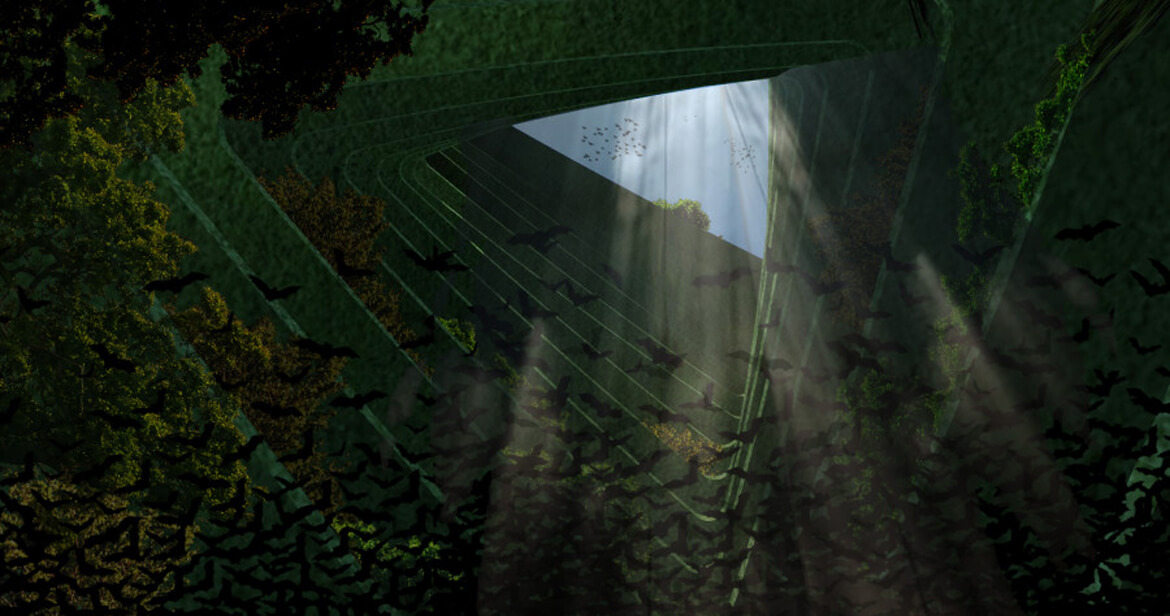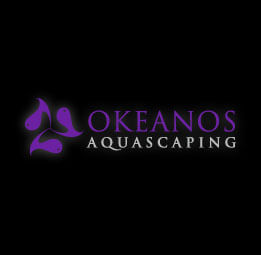Floating Sea Tree is a vertical hangout for wild life




OKEANOS, Dec 2011
Including environmentally conscious features as part of an architectural design is both popular and responsible. Central Park is a great example of the potential benefits. The city of New York could make billions of dollars by selling the real estate to corporations looking to build skyscrapers. But if Central Park was destroyed, then New Yorkers would lose the one place in the city where they can escape from the hustle and bustle of city life.
The more we build, the more we displace the local flora and fauna. Including considerations for nature can lead to a more environmentally friendly design, as well as improving the morale of nearby people. While ignoring plant life might be more cost effective, improving the happiness of citizens is always a worthwhile goal.
Waterstudio.nl, a popular aquatic architecture firm, has designed the Sea Tree, a floating safe haven intended specifically for plants and animals. The design features dozens of layers, both above and below water, which create nesting grounds for birds and anchoring points for plants. Given enough time to grow, the Sea Tree will eventually resemble a sort of hanging garden, with branches and vines hanging from the different levels.
Beneath the surface of the water, the view is equally as lush and verdant. Underwater layers create homes for fish and aquatic plant life. From its lowest to its highest point, the Sea Tree is devoted entirely to promoting wildlife. And with its unique aquatic design, it accommodates the local wildlife of any location. It would be just as useful off the coast of New York as it would be in Tokyo harbor or the Thames River.
The Sea Tree represents a new and unique trend in architecture, not because it is environmentally conscious, but because it defies the traditional purpose of architecture. Most buildings exist for human inhabitants. Designing buildings for birds, plants, and fish opens up a new realm of architecture.
